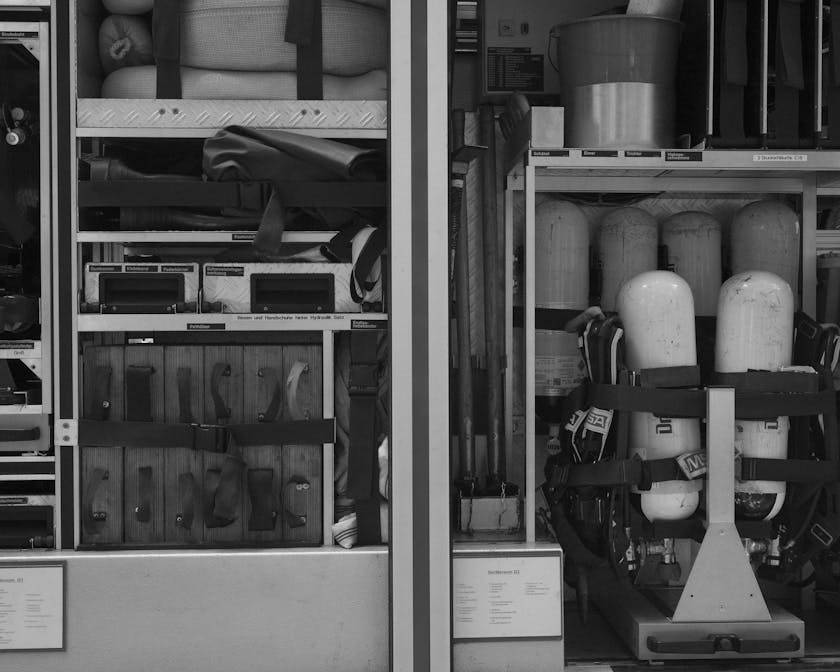When it comes to emergency preparedness, bulk meal storage is a critical component that can offer peace of mind and security for you and your family. Understanding how to properly store food in large quantities is essential for ensuring that you have a reliable food supply in the event of unexpected situations.
Understanding the Basics of Bulk Meal Storage
Before diving into the specifics of bulk meal storage, it’s important to understand the fundamentals. The goal is to stockpile enough food that can sustain your household for an extended period, typically anywhere from a few weeks to several months, depending on your personal needs and the space available.
Selecting the Right Foods for Your Bulk Storage
Selecting the right types of food is crucial for a successful bulk meal storage strategy. Focus on non-perishable items that have long shelf lives, such as:
- Dried grains like rice, quinoa, and oats
- Canned goods including vegetables, fruits, and meats
- Dried legumes such as beans, lentils, and chickpeas
- Dehydrated fruits and vegetables for snacks and meal additions
- Powdered milk and dairy alternatives
- Nuts and seeds for proteins and healthy fats
- Pasta and other dried carbohydrates
It’s also wise to include a variety of seasonings and condiments to add flavor to your meals and prevent palate fatigue.
Proper Storage Conditions to Ensure Longevity
To maximize the shelf life of your stored food, pay close attention to the conditions in your storage area. Foods should be kept in a cool, dark, and dry place to prevent spoilage. The ideal temperature range is between 50°F and 70°F. Additionally, use airtight containers to protect against pests and moisture, which can lead to food spoilage.
Packaging Techniques for Bulk Meal Longevity
One of the most effective ways to extend the shelf life of bulk foods is through proper packaging. Vacuum-sealing, for instance, can significantly reduce the presence of air and moisture, two factors that contribute to food degradation. Mylar bags with oxygen absorbers are another popular method, especially for items like grains, beans, and flour, which can last for years when stored correctly.
Creating a Meal Plan with Your Stored Foods
Having a variety of foods stored is one thing, but knowing how to turn them into nutritious and tasty meals is another. Develop a meal plan that rotates through your stored items to prevent waste and ensure a balanced diet. This will also help you get accustomed to cooking with these ingredients, making the transition easier in an emergency situation.
Regularly Rotate and Use Your Stored Foods
One key aspect of bulk meal storage is the practice of rotation. By using the oldest items first and replacing them with newer purchases, you ensure that nothing goes to waste and your stock remains fresh. This method, often referred to as “first in, first out,” also helps you familiarize yourself with preparing and eating your stored foods.
Integrating Bulk Meal Storage into Your Emergency Preparedness Plan
Bulk meal storage is just one part of a comprehensive emergency preparedness plan. Be sure to also consider water storage, first aid supplies, and other essential equipment. Regularly review and update your plan to reflect any changes in your household’s needs or the available storage space.




